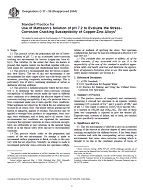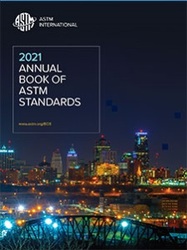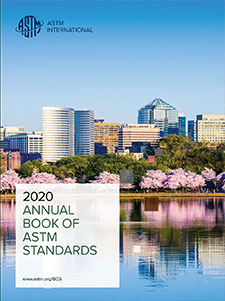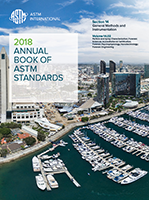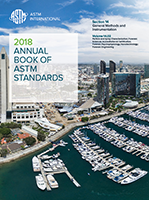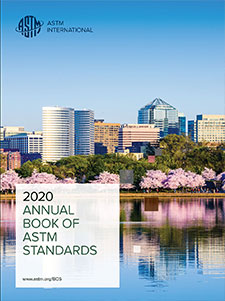Description
1.1 This practice covers the preparation and use of Mattsson’s solution of pH as an accelerated stress-corrosion cracking test environment for brasses (copper-zinc base alloys). The variables (to the extent that these are known at present) that require control are described together with possible means for controlling and standardizing these variables.
1.2 This practice is recommended only for brasses (copper-zinc base alloys). The use of this test environment is not recommended for other copper alloys since the results may be erroneous, providing completely misleading rankings. This is particularly true of alloys containing aluminum or nickel as deliberate alloying additions.
1.3 This practice is intended primarily where the test objective is to determine the relative stress-corrosion cracking susceptibility of different brasses under the same or different stress conditions or to determine the absolute degree of stress corrosion cracking susceptibility, if any, of a particular brass or brass component under one or more specific stress conditions. Other legitimate test objectives for which this test solution may be used do, of course, exist. The tensile stresses present may be known or unknown, applied or residual. The practice may be applied to wrought brass products or components, brass castings, brass weldments, and so forth, and to all brasses. Strict environmental test conditions are stipulated for maximum assurance that apparent variations in stress-corrosion susceptibility are attributable to real variations in the material being tested or in the tensile stress level and not to environmental variations.
1.4 This practice relates solely to the preparation and control of the test environment. No attempt is made to recommend surface preparation or finish, or both, as this may vary with the test objectives. Similarly, no attempt is made to recommend particular stress-corrosion test specimen configurations or methods of applying the stress. Test specimen configurations that may be used are referenced in Practice G 30 and STP 425.
This standard does not purport to address all of the safety concerns, if any, associated with its use. It is the responsibility of the user of this standard to establish appropriate safety and health practices and determine the applicability of regulatory limitations prior to use.
Product Details
- Published:
- 05/01/2004
- Number of Pages:
- 3
- File Size:
- 1 file , 35 KB

